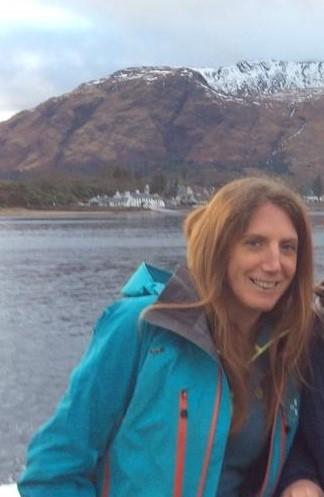14 Jul 2021
It's always rewarding to see our Experiments projects taking on a life of their own. Two years on from the original Hope Spots concept and the prototype mapping we commissioned from Geofutures in the Bristol and Bath greenbelt, the concept is being developed and adapted for food growing in Lancaster.
This guest blog from Rachel Marshall of Lancaster University explains what they are doing.
The Rurban Hope Spots project
Imagine walking down your street in autumn and being able to pick apples and plums from a small community orchard or buy tomatoes from a newly established market garden on the edge of the city. Imagine you’re someone who is trying to set up their own growing business, or a group of people who don’t have outside space at home and instead want to set up a community garden.
Barriers to local food growing
Across the UK there are increasing numbers of people and communities who want to grow food – some just for pleasure, some a means to live more healthily and sustainably and some simply to create better places to live and work.
However, one of the biggest barriers facing any of these possibilities is access to land. In fact, in many cases the challenge starts with a lack of data and mapping on what land is available, appropriate and even who it is owned by. Even when data about these matters is accessible, how might communities best use it to map their locality in ways that open up opportunities for food production?
Using data to identify land for food growing
The Rurban Hope Spots project looks to develop a transferable approach for applying datasets in ways that enable the identification of land and spaces for food growing. It is based on an original idea from the Experiments Team at Friends of the Earth England Wales and Northern Ireland which identified ‘Hope Spots’ based on data that could be flexed to reflect different criteria for natural regeneration or social amenity. Building on this approach we are using Lancaster District as a test bed for examining what data is needed to inform the process of identifying land for food projects and businesses – places that would be good for food growing, good for people, good for ecosystems and good for business - whilst also testing the reality of accessing land identified.
Using data from the Rurban project, and from project partners, we will incorporate aspects that need to be considered to identify land suitable for food growing. This includes physical aspects such as slope, aspect and altitude, as well as factors like flood risk, contamination and soil quality.
A range of food-growing projects
Within the methodology we aim to account for the different needs of a range of growing projects-from community spaces to commercial small-scale plots. For instance, the location of community projects might be configured around existing access to green space or growing areas, whilst factors such as water supply and access to markets might be key for small businesses. In early autumn we’ll be consulting with representatives from these communities to better understand how to constrain the models for their needs.
Accessing data
The biggest challenge is likely to be around accessing data on land ownership and legal status. Land ownership within the UK is notoriously opaque. Access to data via the Land Registry can be expensive and even then there are many parcels of land that are not listed.
As part of the project, we’ve committed to delivering a land audit to support the work of North Lancashire’s Food Partnership- FoodFutures. In this we’ll identify potential sites for food growing and we’ll dig into the legalities and practicalities of accessing these sites. Throughout this process we’ll be capturing our learnings to share with other communities across the UK looking to access land in their locality.
Sharing learning and methodology
The overarching aim of the project will be to provide a transferable methodology that better enables the potential of land for food growing to be characterised and visualised. A central theme to this work will be to explore how we can use and visualise information effectively to better bridge the gap between data and action. What features or aspects within the huge quantities of data collected currently are most useful for shaping the future of our places and our communities engagement with that- and what is missing?
Rurban Hope Spots is a collaborative project between Lancaster University (The Future Places Centre and Centre for Global Eco-Innovation), Friends of the Earth experiments team, North Lancashire FoodFutures, Lancaster City Council and the Urban Agriculture Consortium. It is jointly funded by the Future Places Centre and the ESRC Impact Acceleration Account at Lancaster University.
If you would like to know more about Friends of the Earth’s work on Hope Spots and woodland opportunity mapping, please see our website here or get in touch.


